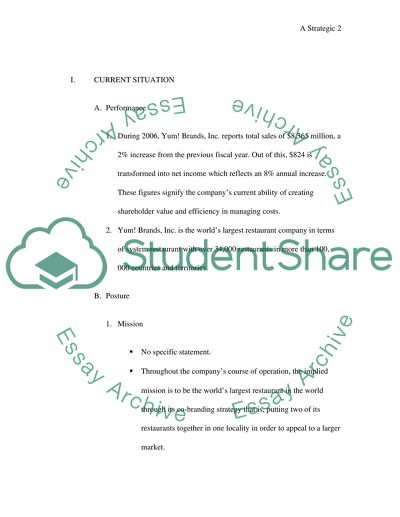Cite this document
(“Strategic hospitality management(the case of yum) Study”, n.d.)
Strategic hospitality management(the case of yum) Study. Retrieved from https://studentshare.org/miscellaneous/1522303-strategic-hospitality-managementthe-case-of-yum
Strategic hospitality management(the case of yum) Study. Retrieved from https://studentshare.org/miscellaneous/1522303-strategic-hospitality-managementthe-case-of-yum
(Strategic Hospitality management(the Case of Yum) Study)
Strategic Hospitality management(the Case of Yum) Study. https://studentshare.org/miscellaneous/1522303-strategic-hospitality-managementthe-case-of-yum.
Strategic Hospitality management(the Case of Yum) Study. https://studentshare.org/miscellaneous/1522303-strategic-hospitality-managementthe-case-of-yum.
“Strategic Hospitality management(the Case of Yum) Study”, n.d. https://studentshare.org/miscellaneous/1522303-strategic-hospitality-managementthe-case-of-yum.


